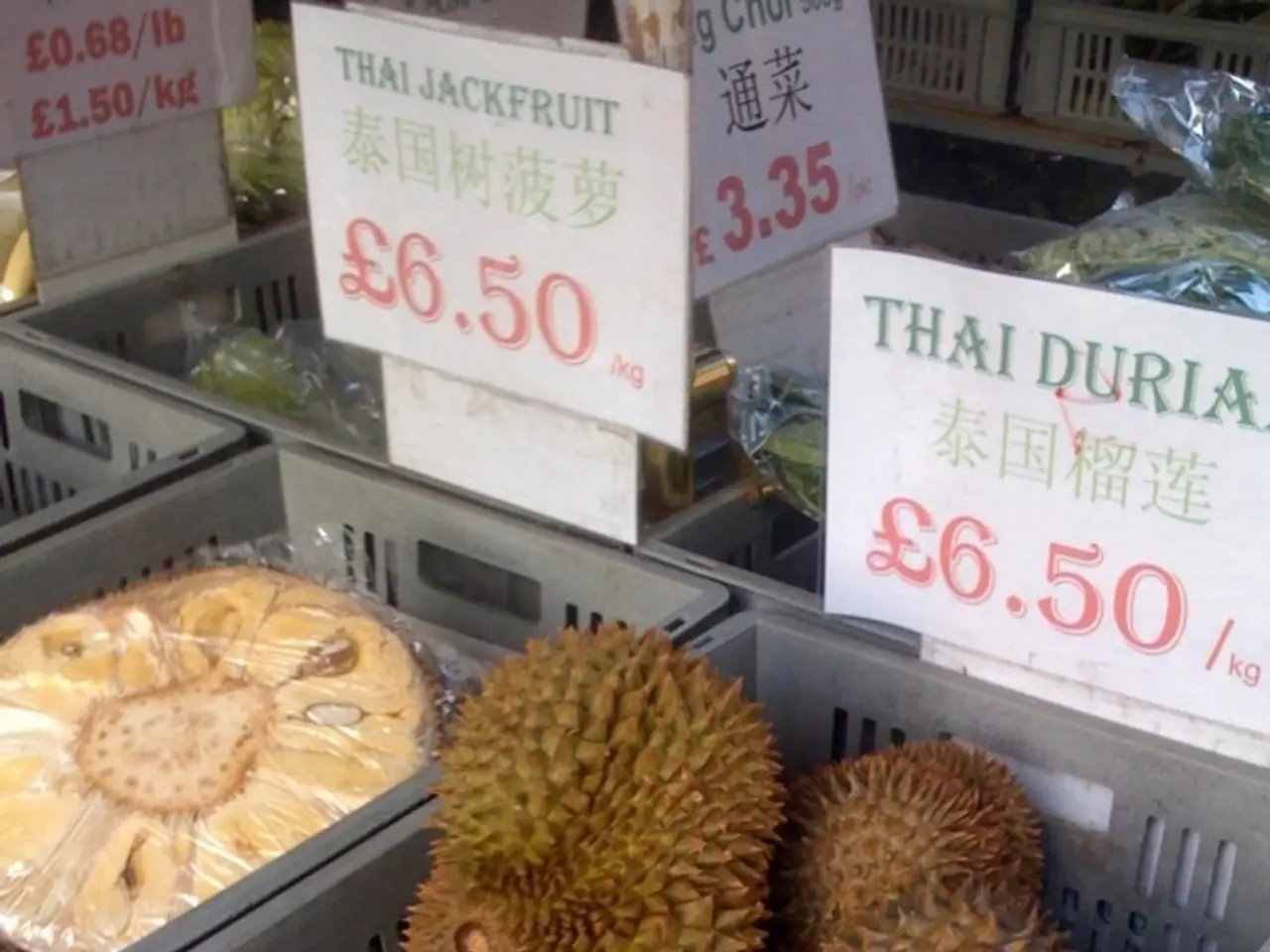Exposed Details: TikTok's Approach to Financial Dealings
=====================================================================================================
In a recent deep dive report, our platform explored TikTok's payment system and ecommerce strategy, shedding light on how the popular social media platform is leveraging its creator community to drive its ecommerce growth.
TikTok offers several avenues for creators to earn money, including the TikTok Creator Fund, Creator Marketplace, affiliate links, LIVE gifts, rewards, and TikTok Shop. The minimum withdrawal limit for the Creator Fund is set at $10, while minimum amounts for livestream rewards vary depending on the region and payment method.
TikTok Shop, the platform's ecommerce arm, has seen significant growth, particularly in Indonesia where it has become the fifth largest ecommerce platform in the country, holding a 5% market share. However, Shopee and Tokopedia hold larger market shares in Indonesia's ecommerce business (36% and 35% respectively).
The payout process for creators on TikTok can be lengthy and cumbersome due to the platform's reliance on third-party payment providers. TikTok tips are paid using Stripe, while LIVE gift balances are usually paid to PayPal wallets or linked bank accounts. The availability of payout methods for creators depends on their location and the source of the funds being paid out.
The monetization model on TikTok encourages creators to produce longer, original, and discoverable content, which increases engagement—critical for driving social commerce on TikTok Shop in Southeast Asia, where influencer-driven sales are growing rapidly. However, because payment rates can differ by location, creators in Southeast Asia might face lower earnings compared to other regions, potentially affecting creator motivation and the volume/quality of content promoting ecommerce products.
TikTok's opaque payout formulas and stringent content policies may introduce precarity for creators who rely on these earnings, potentially limiting sustained creator participation needed to build a vibrant ecommerce ecosystem in Southeast Asia.
Despite these challenges, TikTok's ecommerce growth is expected to be driven by Southeast Asia this year, aiming to quadruple its global ecommerce business to reach $20bn in merchandising sales. The use of the #TikTokmademebuyit hashtag has seen a 220% increase in views YoY in August 2023, indicating a growing trend of social commerce on the platform.
However, TikTok faces challenges in capitalizing on a Western ecommerce opportunity due to its association with China. Several countries, including the US, Australia, Canada, and India, have banned or restricted the use of TikTok on government devices or entirely.
In conclusion, TikTok's creator payout process, while less transparent and somewhat lower per view than competitors, is closely tied to its evolving ecommerce ambitions in Southeast Asia, using monetization incentives to stimulate content creation that drives social commerce growth in the region. However, geographic payment disparities and platform control dynamics could pose challenges for creator retention and marketplace vibrancy.
[1] Joe Baker, Senior Copywriter, authored the report on TikTok's payment system and ecommerce strategy. [2] Source [3] Source [4] Source
Businesses in the technology sector are closely monitoring TikTok's payment system and ecommerce strategy, as the company's creator community and innovative monetization model could disrupt the Southeast Asian business landscape. Financially, TikTok creators can benefit from several avenues, such as the Creator Fund, Creator Marketplace, and TikTok Shop, which demonstrates TikTok's potential to influence the future of finance and commerce.




